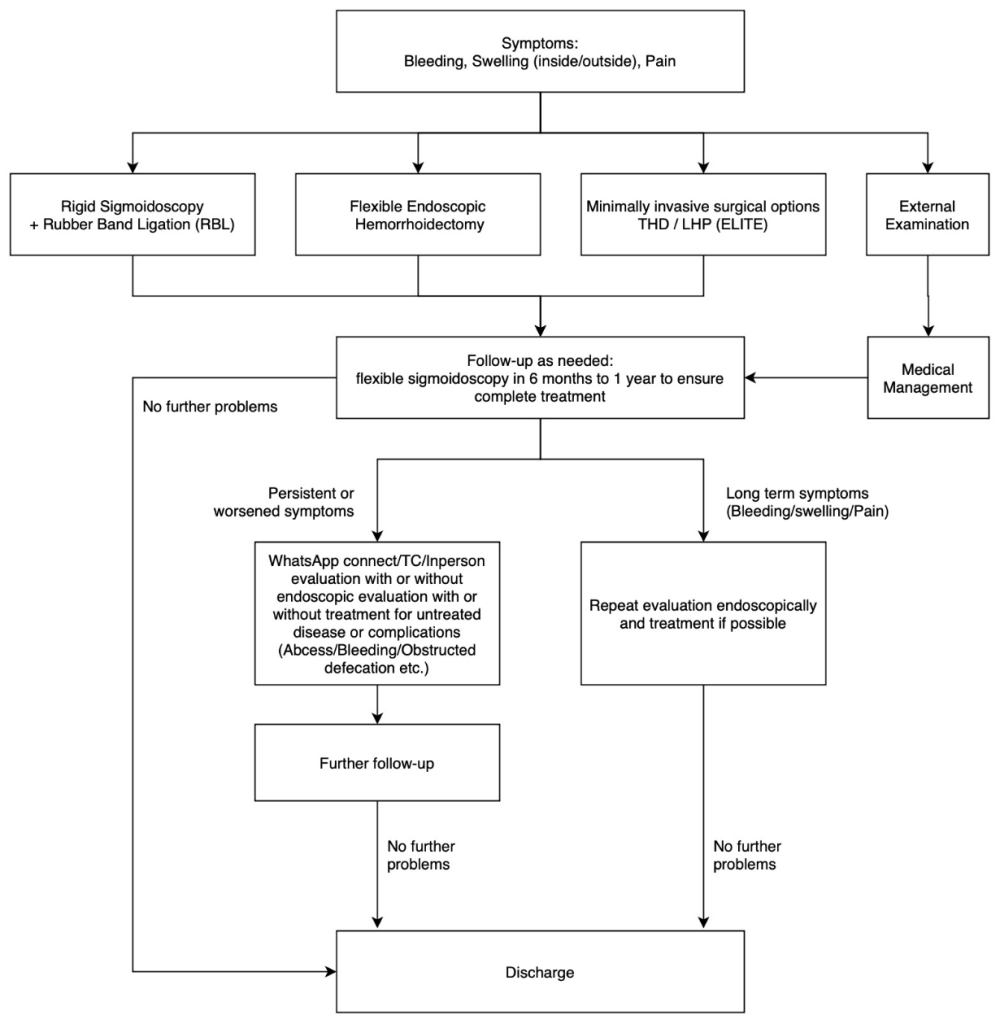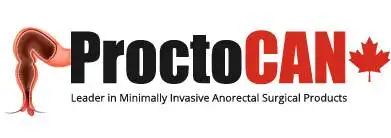Treatment Options For Anorectal Diseases
ProctoCan’s medical director Dr. Maharaj has a clinical interest in Anorectal Diseases and has advanced clinical expertise in Minimally Invasive (MIS) therapies like Trans Anal Hemorrhoidoplasty and laser surgery for hemorrhoids.
Our Diagnosis and Treatment Service Procedure
We hope that the following information helps you understand a little more about your options prior to making a decision about the surgical procedure you may need.


Newest Technology: Laser Hemorrhoidoplasty (ELITE)
This treatment option is minimally invasive, effective and painless
with little to no postoperative pain or bleeding, allowing you to
quickly return to daily activities.

THD (Anolift)
THD is the short form of Transanal Hemorrhoidal dearterialization. This procedure has proven to be very effective in treating hemorrhoids without modifying the anal anatomy.

What Result to Expect From Surgery?
Even with the most expertly trained and experienced anal surgeon, like Dr. Maharaj, anal surgery is not a guaranteed success and comes with risks, including complications and failure. Patients may not see dramatic results and should be prepared for a lengthy and uncomfortable recovery, including pain, swelling, infection, bleeding, and bruising. Sometimes, even the best surgical plans can be challenged by symptomatic hemorrhoids. Recovery may require more time off work or other activities than anticipated. One can estimate, all other things being equal, you might spend about a third to half as much time off work and in pain. For Grade 3/4 hemorrhoids, then one can expect at least 4-12 weeks unable to do usual activities with extensive cutting surgery. Patients with similar disease in our experience 1-4 patients weeks of trouble with non-cutting surgery. Our surgical team will do their best to guide patients towards a rapid recovery and provide support throughout the process.
